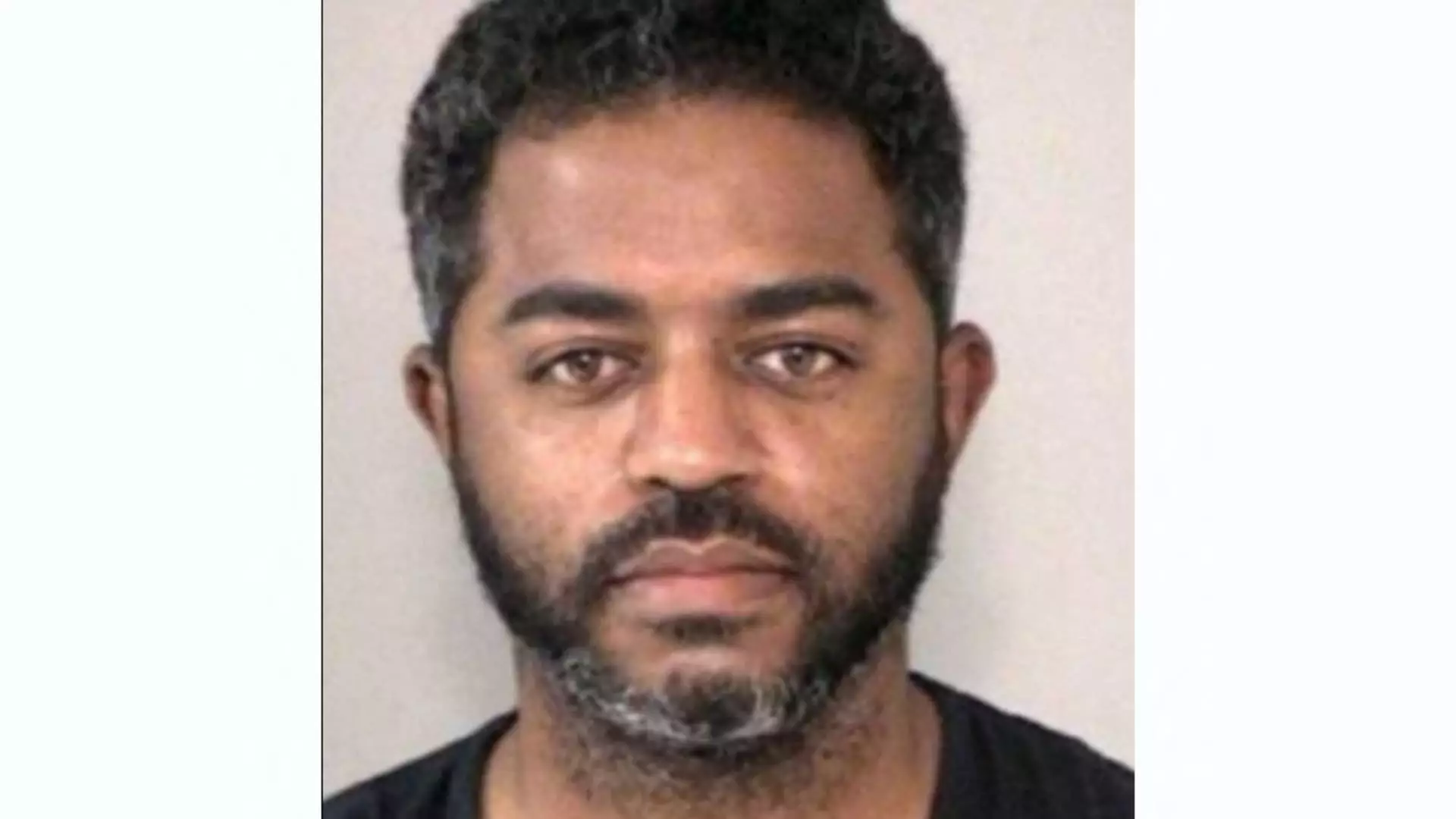On New Year’s Day, a devastating attack shook the vibrant streets of New Orleans, resulting in the tragic loss of 14 lives. The driver, identified as Shamsud-Din Jabbar, is suspected to have been motivated by ideologies linked to ISIS. In a shocking turn, Jabbar’s intent to create further chaos involved explosives situated on Bourbon Street, a tourist hotspot packed with revelers celebrating the new year. Although the devices did not detonate, the implications of their presence have raised serious alarms about domestic terrorism.
One of the harrowing aspects of this tragedy is the apparent methodical planning behind Jabbar’s actions. Law enforcement has revealed that he intended to use a transmitter to trigger two explosive devices. The explosives were composed of an exceptionally rare compound, suggesting a disturbing level of expertise. Investigators are now left with critical questions surrounding Jabbar’s knowledge and resources. How did he acquire this specialized information and the capacity to manufacture such devices?
The notion that he, a former Army veteran and U.S. citizen, turned to violence raises profound questions about radicalization and the personal trajectories that lead individuals down such dark paths. Jabbar’s prior military service also complicates the narrative, illustrating how individuals may turn against the very society they once pledged to protect.
The repercussions of this event extend far beyond the immediate loss of life; they have rippled through the community and sparked a national conversation on security and the increasing threat of domestic terrorism. As investigations continue, the locals in New Orleans are grappling with the emotional aftermath. The celebration that was meant to bring joy transformed into scenes of horror—a stark reminder of vulnerability in places deemed safe.
Federal agencies, including the FBI and ATF, have heightened their efforts to ensure that communities feel protected and informed. A mourning period for the victims, with national recognition from President Joe Biden and First Lady Jill Biden, underscores the collective grief and solidarity that accompanies such tragedies.
As federal authorities continue to probe into Jabbar’s background and the mechanics behind the explosives, there is a palpable urgency surrounding the investigation. The recovery of weaponry and bomb-making materials points to a broader concern regarding the availability of such explosive compounds and the potential for similar incidents in the future.
Hostility and hate-driven actions like Jabbar’s call for a reevaluation of community vigilance and the measures in place to detect and deter potential threats. The emergence of new forms of extremism poses complex challenges for law enforcement, demanding innovative strategies and collaboration among agencies.
As the community mourns and the investigations unfold, the tragic events of January 1 serve as a harsh reminder that vigilance is necessary to protect public spaces from acts of violence. The complexities surrounding Jabbar’s motivations and methods reveal a pressing need for comprehensive approaches to counter radicalization and ensure community safety. Only through understanding and unity can society hope to overcome such senseless tragedies.


Leave a Reply